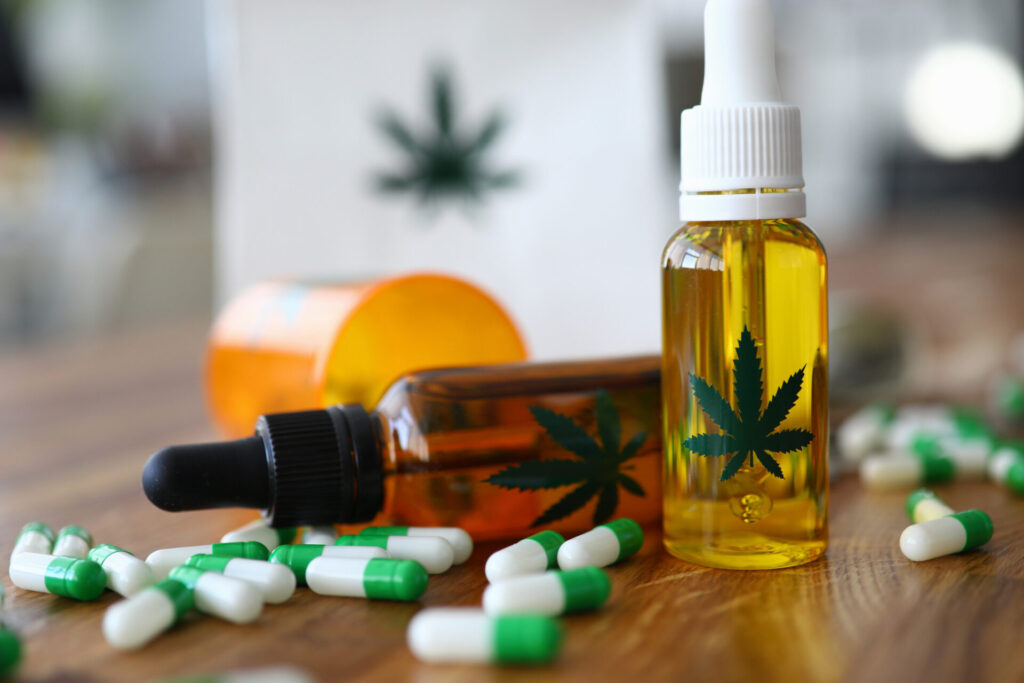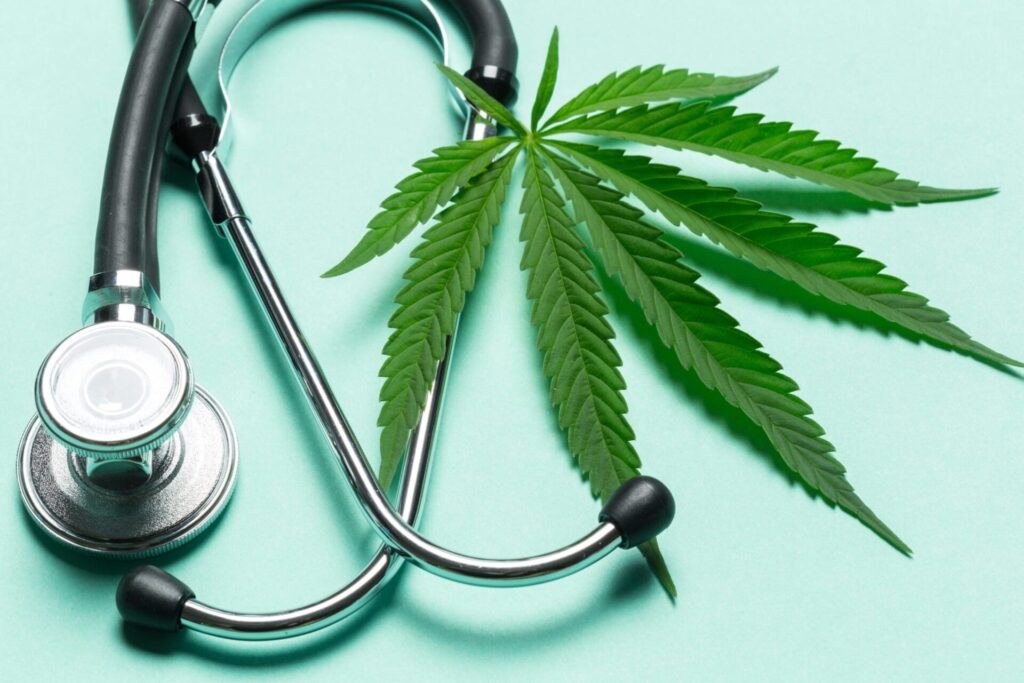Teen Cannabis Use Declines Despite Legalization Boom: What the Latest Data Tells Us

As more states open up legal cannabis markets, one common argument from prohibitionists is being debunked: legal weed isn’t driving teens to use cannabis more. In fact, the opposite is happening. 🚫📉
The latest Monitoring the Future (MTF) Survey—a major federally funded study—shows that teen cannabis use is at or below pre-legalization levels. This trend is “unprecedented,” according to NIDA Director Nora Volkow, and continues to surprise experts. Let’s break it down.
Key Takeaways from the MTF Survey:
1️⃣ Cannabis Use Declining in Older Teens:
- Only 25.8% of 12th graders reported using cannabis in the past year, down from 29% in 2023.
- Use among 8th and 10th graders remained stable, at 7.2% and 15.9% respectively.
2️⃣ Youth Perception of Access Dropped:
Fewer teens think cannabis is “easy to access” in 2024—despite the expansion of legal adult-use markets across 24 states.
3️⃣ Smoking on the Decline, Vaping Stabilized:
Traditional smoking as a method for cannabis use has decreased. Vaping rates remained steady, signaling a shift in consumption trends.
4️⃣ Delta-8 THC Use Monitored for the First Time:
- 2.9% of 8th graders and 7.9% of 10th graders reported using delta-8 THC in the past year.
- Among 12th graders, rates remained stable at 12.3%.
Why Legalization Isn’t Increasing Teen Use
Cannabis reform advocates have long argued that regulating marijuana markets creates safeguards—like age verification at licensed dispensaries—that limit youth access. The data is now proving them right.
NORML Deputy Director Paul Armentano summed it up perfectly:
“Sensational claims that adult-use legalization laws are linked with greater marijuana use by teens are simply not backed by reliable data.”
With regulated markets in place:
✅ ID checks at legal dispensaries prevent underage purchases.
✅ Access to illicit markets becomes less appealing as adults turn to safe, legal sources.
✅ Education and public awareness campaigns around cannabis are improving.
What’s Behind the Decline in Teen Use?
Experts initially thought the drop in youth drug use during the COVID-19 pandemic (2020-2021) was temporary. Less social interaction = fewer opportunities to experiment. But that hasn’t reversed post-pandemic.
NIDA researchers call the decline “unprecedented” and suggest that factors like education, changing perceptions of cannabis risks, and regulated marketplaces are key drivers.
A Global Trend
The U.S. isn’t alone. In Canada—where cannabis was federally legalized in 2018—youth cannabis use has also remained stable. A recent government report confirms that both daily and near-daily use among teens has held steady over the past six years.
Other studies in legalized states like Massachusetts and research published in the Journal of the American Medical Association (JAMA) reinforce the same findings:
Youth use hasn’t spiked after legalization.
The Bigger Picture
While cannabis use among adults is reaching historic highs, teens aren’t following the trend. This challenges the long-standing fear that legalization would flood schools with weed.
Instead, the data shows:
- Regulated adult-use markets are working as intended.
- Legal access is for adults—and teens aren’t sneaking in.
For policymakers and advocates, this is a win. Safe, legal access for adults doesn’t come at the cost of public health or youth safety.
Final Thoughts
The 2024 Monitoring the Future survey is clear: teen cannabis use is down, and perceptions of cannabis as easy to access are dropping. Legalization opponents who predicted otherwise need to take note.
Regulation works. Education works. And teens are proving that a legal market doesn’t equal a free-for-all.
👉 As the cannabis industry continues to grow, let’s keep prioritizing smart, responsible policies that protect youth while giving adults safe access.






Responses